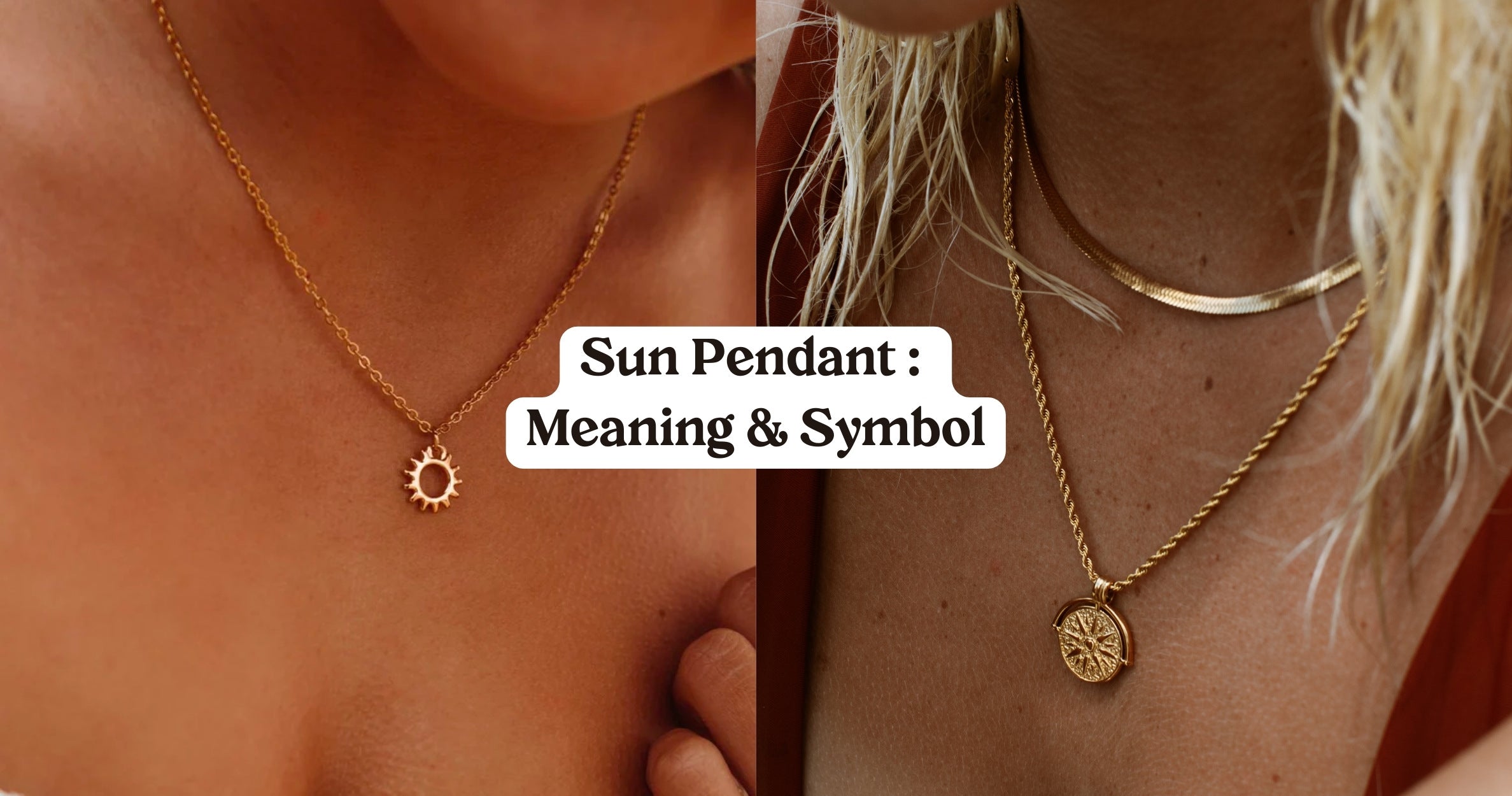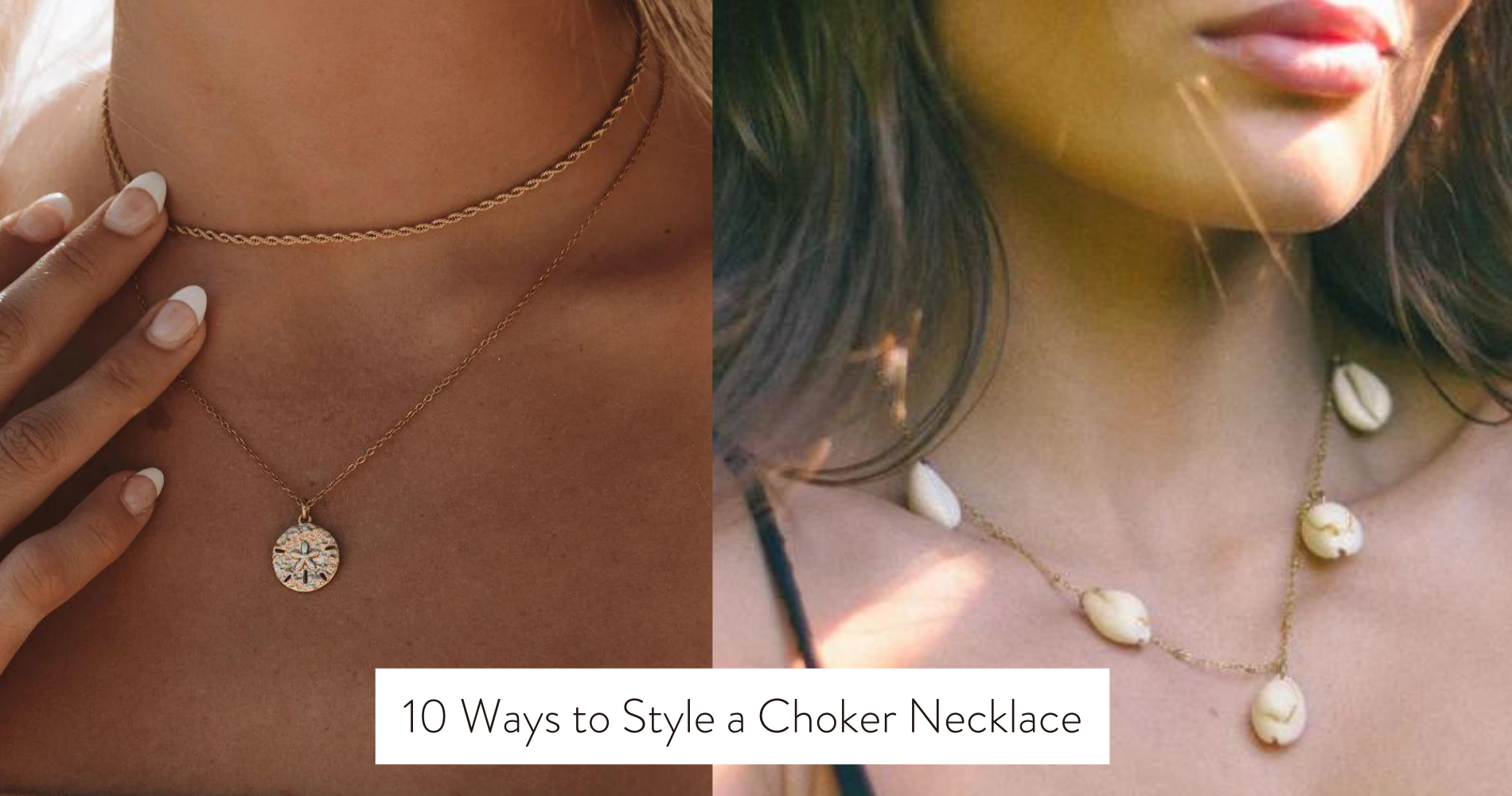
A Guide To Understanding Pearl Types: What You Need To Know Before Buying
Are you considering buying pearls but feeling overwhelmed by all the different types available, including freshwater pearls necklaces ?
Don't worry, this guide is here to help!
In this article, we'll walk you through everything you need to know about pearl types before making a purchase. From the basics of freshwater pearls to the exotic allure of Tahitian pearls, we'll cover it all.
So, let's dive in and find the perfect pearl type for you!
The Basics of Pearl Types
Before we dive into the different types of pearls, let's first understand the basics. When it comes to pearls, there are a few differentiating factors that determine their quality and value.
One of these factors is pearl grading. Pearl grading involves evaluating pearls based on their size, shape, color, luster, surface quality, and nacre thickness. These factors play a significant role in determining the overall quality of a pearl. The grading scale typically ranges from A to AAA, with AAA being the highest quality. It's important to note that the grading scale may vary depending on the type of pearl.
Freshwater Pearls: A Closer Look
Take a closer look at the characteristics of freshwater pearls.
Freshwater pearls are unique and sought after for their natural beauty and affordability. They're cultivated through freshwater pearl farming, where mollusks are grown in freshwater lakes and rivers.
These pearls come in a variety of shapes, sizes, and colors, making them versatile for different jewelry styles. One of the current freshwater pearl jewelry trends is the use of baroque pearls, which have irregular shapes and offer a unique and organic look.

Another trend is the incorporation of freshwater pearls in minimalist designs, adding a touch of elegance to everyday wear.
With their charm and accessibility, freshwater pearls continue to captivate jewelry enthusiasts and remain a popular choice in the world of pearls.
Unveiling the Beauty of Akoya Pearls
Discover the exquisite beauty of Akoya pearls, as they offer a timeless elegance and lustrous glow to any piece of jewelry. Exploring the history of Akoya pearls, you'll find that they've been highly coveted in the world of pearls for decades.
Originating from Japan, these pearls are cultured in saltwater oysters and are known for their round shape, high luster, and minimal blemishes. Understanding the grading system for Akoya pearls is essential when purchasing them. The most important factors to consider are size, shape, color, luster, and surface quality.
Akoya pearls are graded from A to AAA, with AAA being the highest quality. The size of the pearl also affects its value, with larger pearls being more valuable. Whether you choose a classic strand of Akoya pearls or a modern piece of jewelry, their beauty and elegance will never go unnoticed.
Tahitian Pearls: Exotic and Unique
You'll love the exotic and unique allure of Tahitian pearls. These pearls, also known as black pearls, are cultivated using exotic pearl farming methods that make them truly one-of-a-kind. Unlike other types of pearls, Tahitian pearls aren't cultured using a nucleated bead. Instead, they're formed naturally by inserting a small piece of mantle tissue into the oyster. This unique method results in pearls that have a stunning array of colors, ranging from dark black to vibrant shades of green, blue, and purple.
Tahitian pearls also hold great cultural significance. In Polynesian culture, these pearls are considered to be a symbol of wealth, power, and prosperity. They're often used in traditional ceremonies and given as valuable gifts. The rarity and beauty of Tahitian pearls make them highly sought after in the world of jewelry. When you wear a Tahitian pearl, you aren't just adorning yourself with a stunning piece of jewelry, but also connecting with a rich cultural heritage.
South Sea Pearls: The Epitome of Luxury
When it comes to luxury, South Sea pearls are in a league of their own. Known for their rarity and extraordinary value, these pearls are highly coveted by collectors and enthusiasts alike.
With their exquisite natural beauty and lustrous glow, South Sea pearls are truly the epitome of luxury.
Rarity and Value
To truly appreciate the rarity and value of South Sea pearls, you need to understand their journey from the depths of the ocean to becoming the epitome of luxury.
South Sea pearls are renowned for their exceptional quality and size, making them highly coveted in the world of jewelry.
The rarity of these pearls is influenced by several factors that affect their price. One such factor is the difficulty in cultivating them, as South Sea pearls can only be found in a limited number of oysters in specific regions.
Additionally, the natural luster and color of South Sea pearls contribute to their value, with the most sought-after pearls exhibiting a beautiful golden hue.
Due to their rarity and stunning beauty, South Sea pearls are considered a symbol of luxury and are highly prized by collectors and enthusiasts alike.
Exquisite Natural Beauty
South Sea pearls are truly a masterpiece of nature, and they're the epitome of luxury. These pearls are known for their exquisite natural beauty, which is a result of their unique natural pearl formation process.
Unlike cultured pearls, South Sea pearls are formed naturally in the wild, making them incredibly rare and valuable. The process begins when a foreign object, such as a grain of sand, enters the oyster's shell. In response, the oyster secretes layers of nacre, a combination of calcium carbonate and conchiolin, to coat the irritant and create a pearl. This natural pearl formation can take several years, resulting in pearls that are larger and more lustrous than their cultured counterparts.
Throughout history, pearls have held a special place in mythology and folklore, symbolizing purity, wealth, and power. The allure of South Sea pearls lies not only in their natural beauty but also in their rich history and symbolism, making them a prized possession for those seeking the ultimate luxury.
Comparing Pearl Types: Which Is Right for You?
When choosing the right pearl type for you, there are a few factors to consider.
Luster versus size is an important decision to make, as a pearl with high luster may be smaller in size compared to one with a larger size but lower luster.
Additionally, color versus shape is another aspect to think about, as the color of a pearl can greatly impact its overall appearance, while the shape determines its uniqueness and individuality.
Luster Vs. Size
If you're looking to buy pearls, understanding the difference between luster and size is crucial.
When it comes to pearls, luster refers to the shine and reflection of light on the surface, while size refers to the diameter of the pearl.
Luster is often considered one of the most important factors in determining the quality of a pearl. Pearls with high luster have a bright, mirror-like sheen, while those with low luster may appear dull and lackluster.
On the other hand, size is a matter of personal preference and budget. Larger pearls are generally more expensive, but smaller pearls can still have excellent luster and be more affordable.
When considering luster vs. size, it's important to strike a balance between quality and price to find the perfect pearl for you.
Color Vs. Shape
When it comes to choosing the right pearl type for you, it's important to consider the color and shape.
The color of a pearl can greatly affect its overall appearance and can vary from white and cream to pink, blue, and even black. Different colors can give off different vibes, so you should choose a color that matches your personal style and preferences.

Additionally, the shape of a pearl is another important factor to consider. Pearls come in various shapes such as round, oval, teardrop, and baroque. The shape of the pearl can also affect its price, with round pearls being the most valuable.
When deciding on a pearl type, be sure to consider both the color and shape, as they can greatly impact your overall satisfaction with your purchase.
Frequently Asked Questions
How Are Pearls Formed?
Pearls form through a natural formation process inside certain types of oysters. The oyster secretes layers of nacre around an irritant, such as a grain of sand, creating a smooth, lustrous pearl.
How Can I Determine the Authenticity of a Pearl?
To determine the authenticity of a pearl, look for common pearl imitations like glass or plastic. Examine the surface for a smooth and lustrous appearance. Consult a reputable jeweler for further assistance.
What Factors Affect the Value of a Pearl?
Factors affecting the value of a pearl include size, color, shape, luster, surface quality, origin, and type. Other quality indicators are nacre thickness, matching, and the presence of blemishes or imperfections.
Are There Any Specific Care Instructions for Different Types of Pearls?
When it comes to caring for different types of pearls, it's important to follow specific cleaning techniques and storing methods. These instructions may vary based on the type of pearl you have.
Can Pearls Be Restringed or Repaired if They Break?
Yes, pearls can be restrung or repaired if they break. However, it's important to handle them with care to prevent breakage. Pearls are a symbol of luxury, so proper care is essential.
Conclusion
Now that you understand the different types of pearls available, you can make an informed decision when purchasing. Whether you prefer the affordability of freshwater pearls, the classic beauty of Akoya pearls, the exotic allure of Tahitian pearls, or the luxurious elegance of South Sea pearls, there's a pearl type that's perfect for you.
Take your time to compare and choose the one that speaks to your style and personality. Happy pearl shopping!



















Leave a comment
This site is protected by hCaptcha and the hCaptcha Privacy Policy and Terms of Service apply.